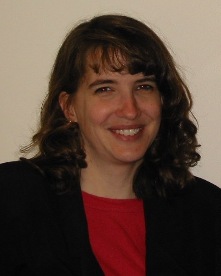We are looking for individuals/institutions willing to give common assessment items during Winter/Spring 2015.
- Pre/Post attitude surveys (SATS)
- Pre/Post concept inventory (modeled after CAOS and GOALS)
- Embedded multiple choice exam questions (Unit 1: One Proportion, Unit 2: Two Proportions and/or Two Means)
We will send you names of students who participated (if you want to give course credit) as well as a report at the end of the term with your student results and comparison results. For more information, please contact Cindy Nederhoff <Cindy.Nederhoff@dordt.edu>.



 The Catalyst Group, University of Minnesota
The Catalyst Group, University of Minnesota Tim Erickson, Mills College
Tim Erickson, Mills College